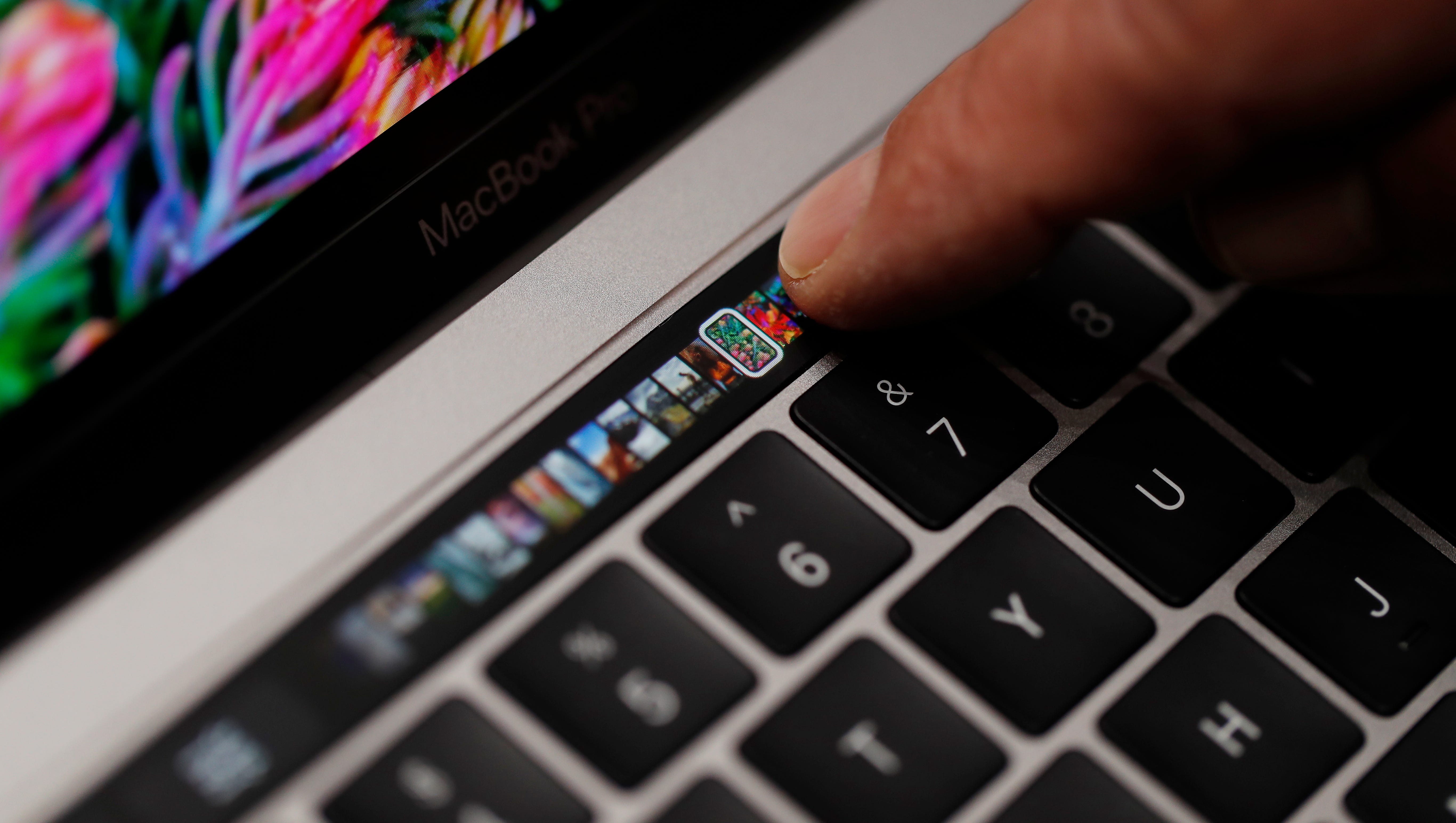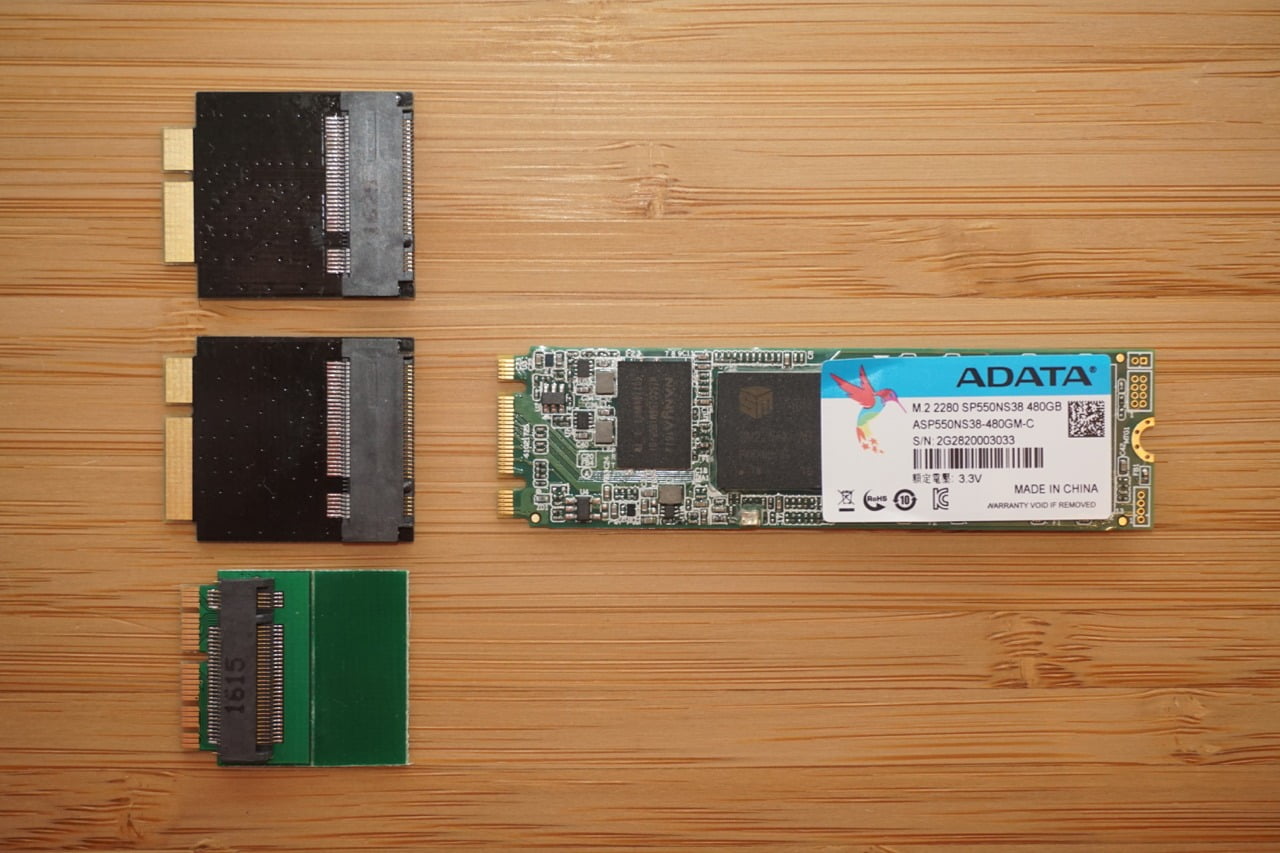

- BEST MACBOOK AIR SSD REPLACEMENT MAC OS X
- BEST MACBOOK AIR SSD REPLACEMENT UPGRADE
- BEST MACBOOK AIR SSD REPLACEMENT PRO
- BEST MACBOOK AIR SSD REPLACEMENT SOFTWARE
The 1.86GHz model’s stock hard drive bested the RunCore SSD in a few tests-hard drives still have advantages for particular tasks.
BEST MACBOOK AIR SSD REPLACEMENT PRO
The table below shows the Speedmark 5 scores for the stock $1499 Air, the $1499 Air upgraded to the RunCore Pro IV SSD, and the stock $1799 Air.

BEST MACBOOK AIR SSD REPLACEMENT MAC OS X
We ran our standard set of Mac benchmarks to test performance, although we used the older Speedmark 5 suite of tests under Mac OS X 10.5.7, rather than our new Speedmark 6/Snow Leopard suite, because we wanted to be able to compare the upgraded Air’s results with the results from our June review of this model.
BEST MACBOOK AIR SSD REPLACEMENT UPGRADE
Oh, and don’t break anything in the process if you do, Apple won’t fix that damage under warranty.Īfter performing the RunCore upgrade on our test MacBook Air-a $1499 Revision C (current) model with a 1.86GHz processor and a 120GB hard drive-I handed off the Air to the Macworld lab. Then you have to reverse the process to put the Air back together again. Installing the Pro IV requires you to remove the Air’s bottom case, disconnect and remove its internal battery, disconnect several other internal cables (a couple of which involve the use of a spudger to pry off fragile connectors), move aside several internal brackets and screw covers, and pop the current hard drive out of its bracket-a process that also involves removing 23 tiny screws.

Installationįor many users, the biggest drawback to the RunCore Pro IV won’t be the price, but rather the installation process. Current shipments also include a better screwdriver, better instructions for installing the SSD in the USB enclosure (the instructions included with the original units were less than ideal), and newer firmware on the drive itself. RunCore told Macworld that the company has fixed this problem and shipped all previous customers the new, working enclosure indeed, the next sample we received worked as expected. It turns out that some of the Pro IV units in the initial production run shipped with faulty USB boards-the drives themselves were fine, but the USB enclosure wasn’t functional. The first two units we received didn’t work in the included external enclosure, so we couldn’t clone the Air’s original drive to the new SSD. Or at least that’s how the procedure is supposed to work. You then swap the drives, which lets you use the original drive, in the external enclosure, for storage or backups.

BEST MACBOOK AIR SSD REPLACEMENT SOFTWARE
Included in the package are the SSD itself, an external SSD/LIF enclosure, a USB cable for the external enclosure, a cable for connecting the SSD inside the Air, a small screwdriver, and two RunCore SSD stickers you can use to identify your hot-rodded MacBook Air to other geeks (or, if you have a bunch of MacBook Airs, to help you keep track of which is which).īefore performing the upgrade, you place the RunCore SSD in the external enclosure, connect it to your MacBook Air via the USB cable, and then use your favorite drive-cloning software (such as SuperDuper or Carbon Copy Cloner-the latter is included) to clone your existing MacBook Air drive to the RunCore SSD. The RunCore Pro IV for the B/C MacBook Air is a do-it-yourself upgrade. The contents of the RunCore Pro IV SSD package I tested the 128GB version for the Revision C (current) MacBook Air. The ZIF-based Pro IV for the “ Revision A” (original) MacBook Air is slightly less expensive at $120 for 16GB, $160 for 32GB, $260 for 64GB, and $460 for 128GB. The RunCore upgrade isn’t inexpensive: The LIF-based Pro IV SSD for the “ Revision B” and “ Revision C” MacBook Air models costs $190 for 32B, $290 for 64GB, and a whopping $480 for the version, at 128GB, that doesn’t require you to make do with less storage than you already have. (The Pro IV SSD also works with the $1799 MacBook Air, although you won’t see as dramatic improvements in performance, given that this model already has an SSD.) And since SSDs generally require less power than traditional hard drives-less, even, than the low-power 1.8-inch models used in the $1499 MacBook Air-you should also see better battery life and cooler internal temperatures, although I didn’t test these aspects of the upgrade. This solid-state drive is advertised as providing a “5x to 40x” increase in system performance over most SSDs by improving small-file read and write speeds. You could opt for to the $1799 Air, which bumps the processor speed from 1.86GHz to 2.13GHz and swaps out the slow, 120GB SATA drive for a faster, 128GB SSD (solid-state drive), but RunCore offers an alternative: replacing the drive in the $1499 MacBook Air with RunCore’s own Pro IV SSD.


 0 kommentar(er)
0 kommentar(er)
